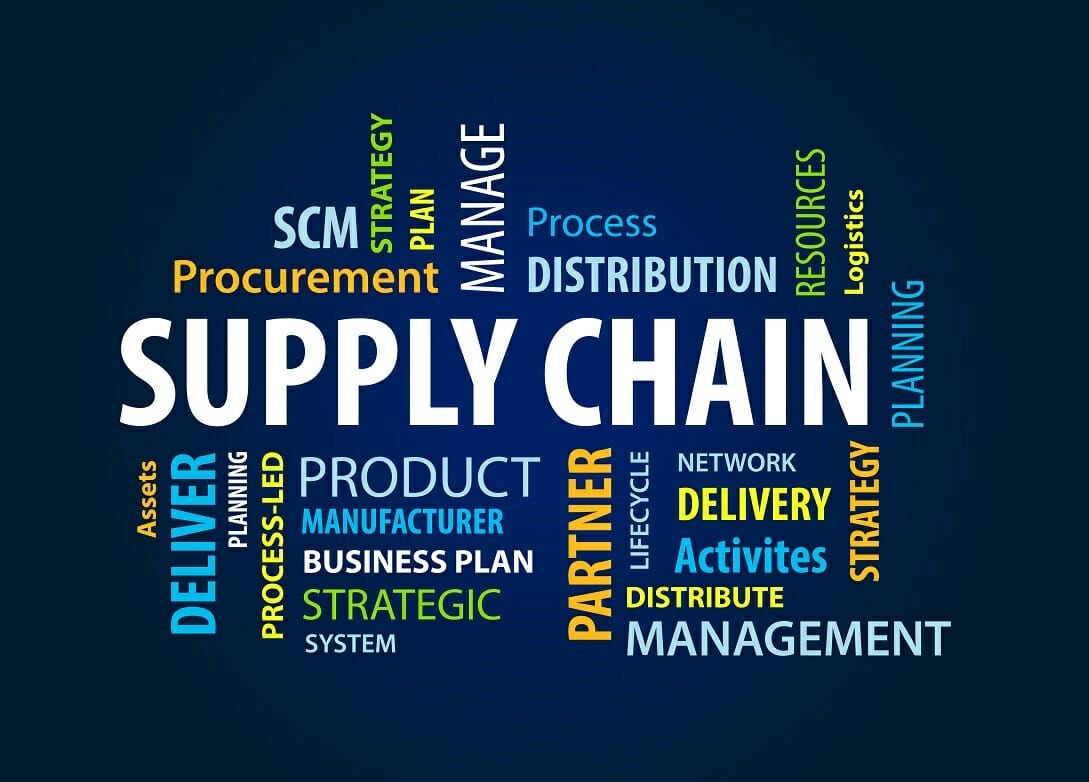
Supply Chain - Overview, Importance, and Examples
What is a Supply Chain?
A supply chain is an entire system of producing and delivering a product or service, from the very beginning stage of sourcing the raw materials to the final delivery of the product or service to end-users. The supply chain lays out all aspects of the production process, including the activities involved at each stage, information that is being communicated, natural resources that are transformed into useful materials, human resources, and other components that go into the finished product or service.
Why Should A Company Understand Its Supply Chain?
Mapping out a supply chain is one of the critical steps in performing an external analysis in a strategic planning process. The importance of clearly laying out the supply chain is that it helps a company define its own market and decide where it wants to be in the future. In developing corporate-level strategies, a company often needs to make decisions on whether to operate a single line of business or enter into other related or unrelated industries.
Each stage of a supply chain is essentially a different industry, for example, raw material extraction and manufacturing. The supply chain enables a company to understand others that are involved in each of the stages, and thereby provides some insights on the attractiveness or competitiveness in industries the company might want to enter in the future.
Supply Chain Examples
Let’s look at two different examples of a supply chain.
Generic Supply Chain
The generic supply chain begins with the sourcing and extraction of raw materials. The raw materials are then taken by a logistics provider to a supplier, which acts as the wholesaler. The materials are taken to a manufacturer, or probably to various manufacturers that refine and process them into a finished product.
Afterward, it goes to a distributor that wholesales the finished product, which is next delivered to a retailer. The retailer sells the product in a store to consumers. Once the consumer buys it, this completes the cycle, but it’s the demand that then goes back and drives the production of more raw materials, and the cycle continues.
Supply Chain for an e-Commerce Company
In this example, the e-commerce company operates a website, and that website sells various products. When a customer places an order for a product, the product order is being processed by technology such as a checkout cart, an order system, or a third-party product such as Shopify. The payment processors then come in and deal with payment transactions for the order, which actually opens up a new supply chain.
The payment processors use their own systems but, in most cases, third parties such as PayPal and Stripe are employed, and they involve banks and other providers. When a product order is placed, the warehouse receives the order and ensures the product is ready for delivery. The warehousing company can be either in-house or a third-party logistics provider.
The order then goes from the warehouse to the shipping company. Once again, the shipping may be in-house or a third-party shipping company. After shipping, the package arrives at the customer’s door and the customer receives it.

/howtoblur01-67c86d8b3aa74d1eb90b960293a349f9.jpg)

/champaign-gold-colored-paper-stacking-828516478-59a5a36222fa3a0010913138.jpg)
/ScreenShot2016-03-29at4.59.52PM-56fb17205f9b5829867bf433-18a1724ff39147f9af2b3ac65778a87f.png)
/GettyImages-694031933-5b33cd33c9e77c001a10ee71.jpg)




